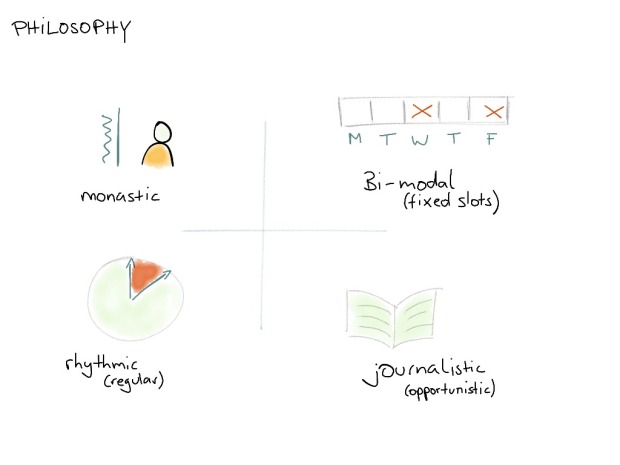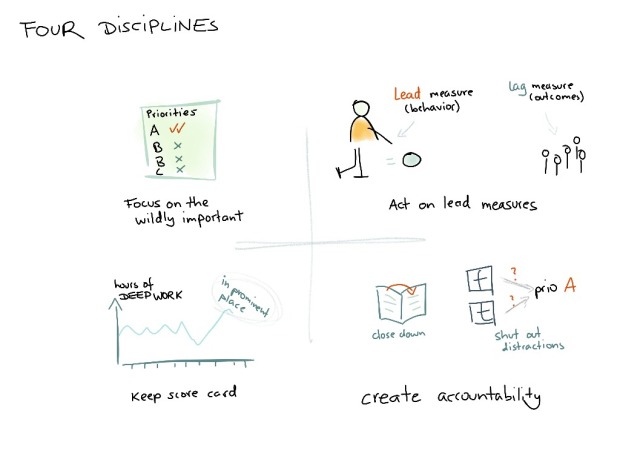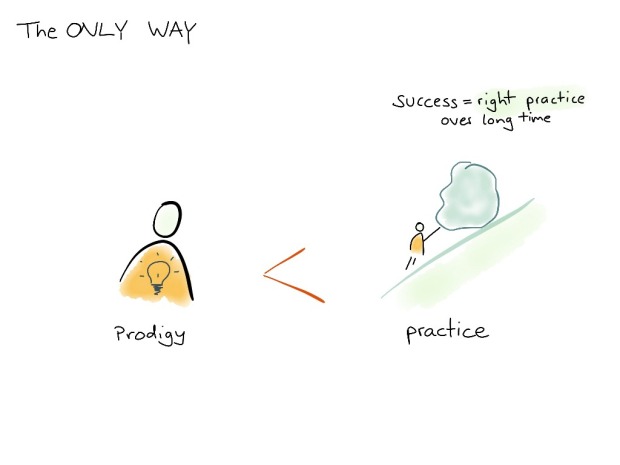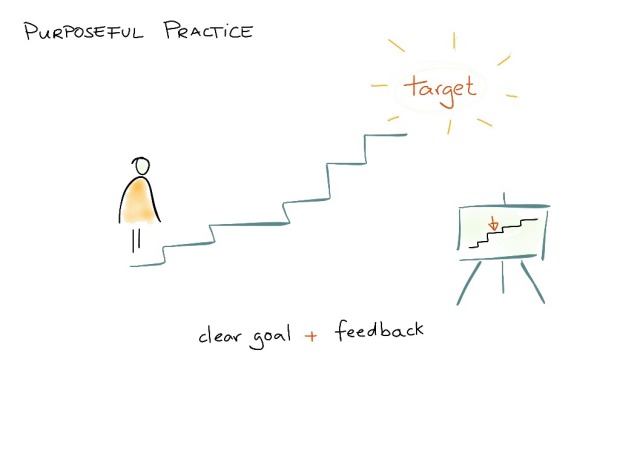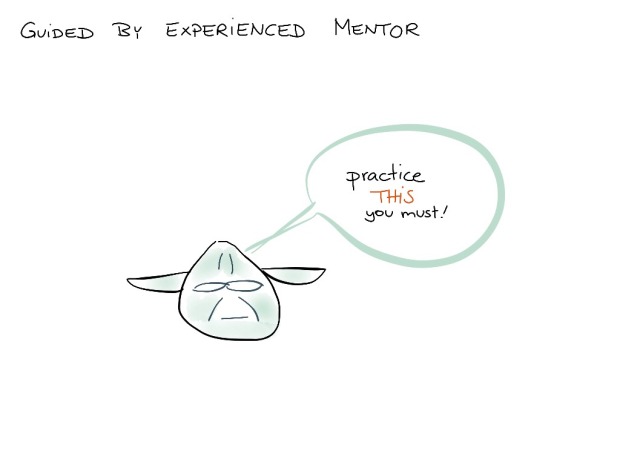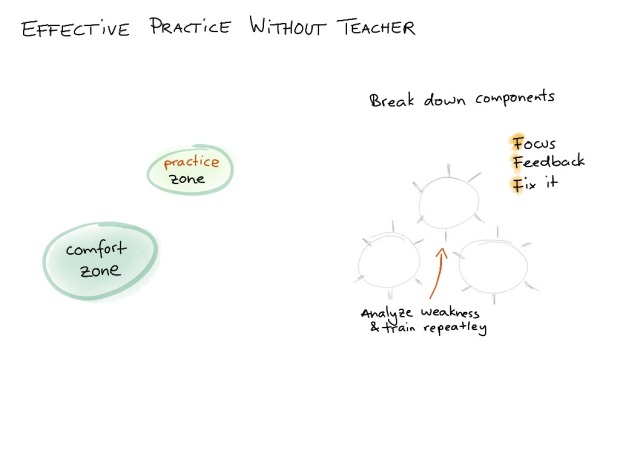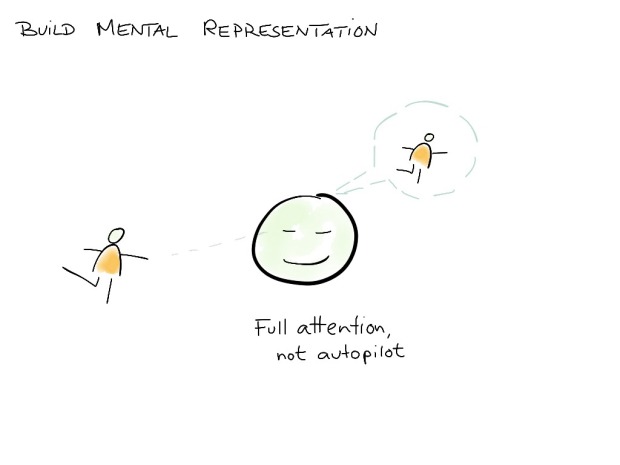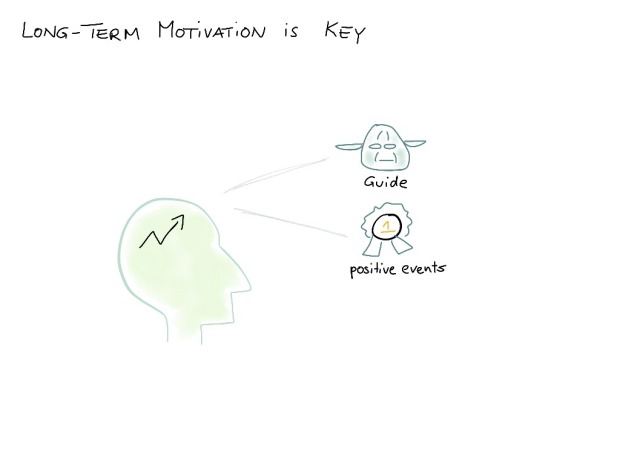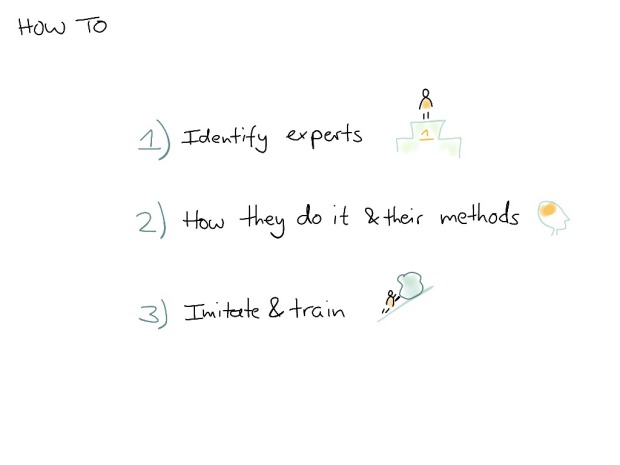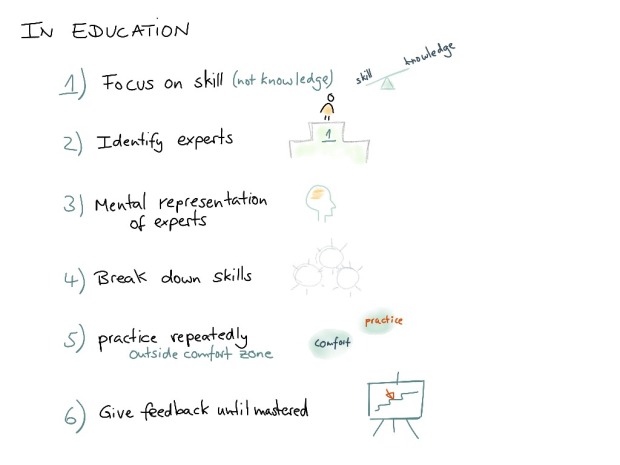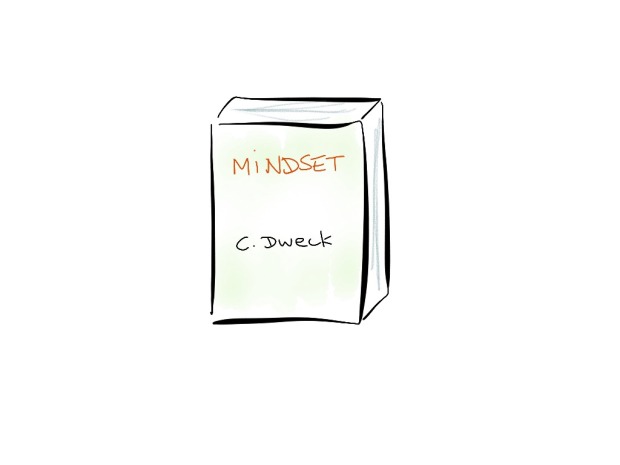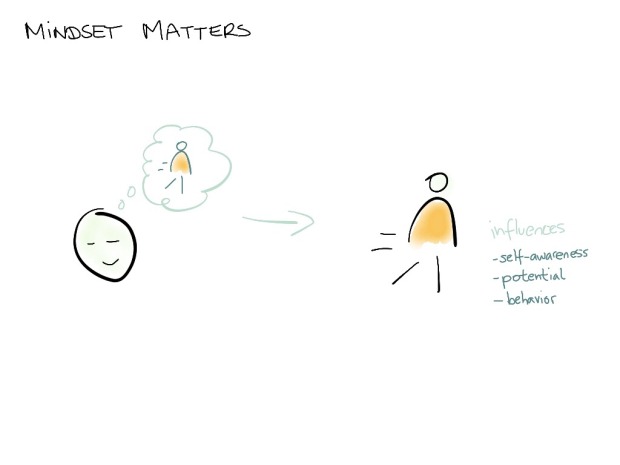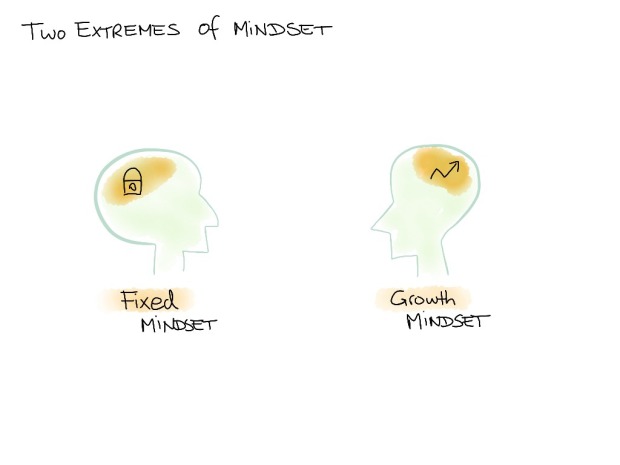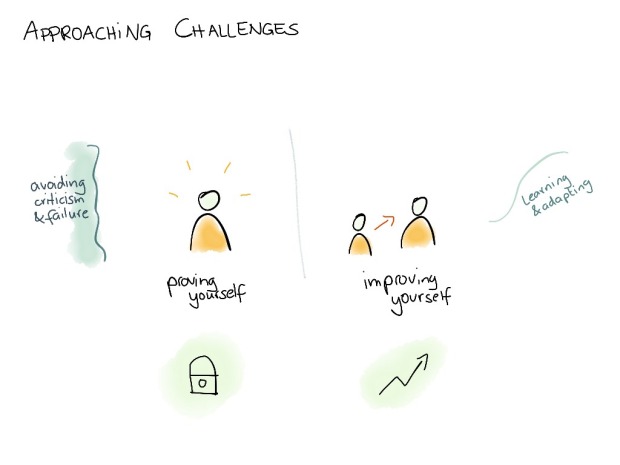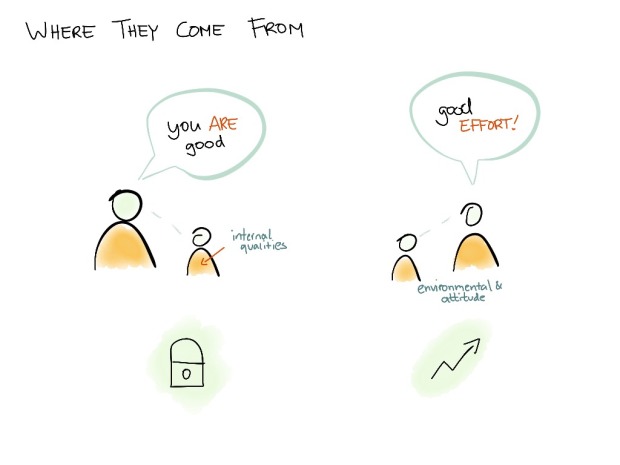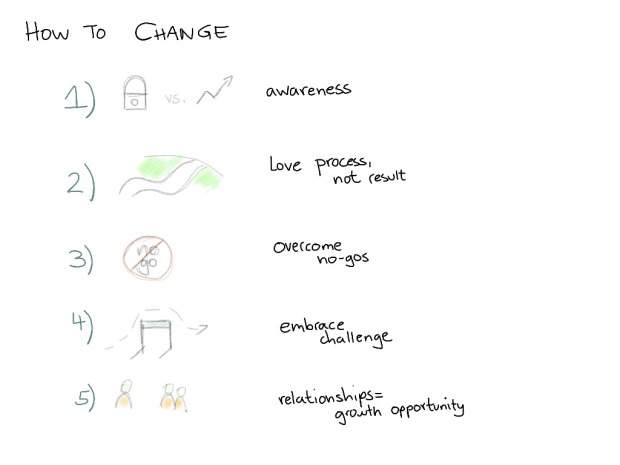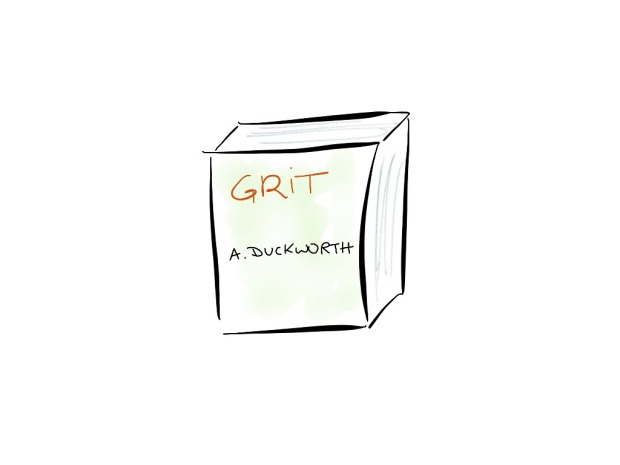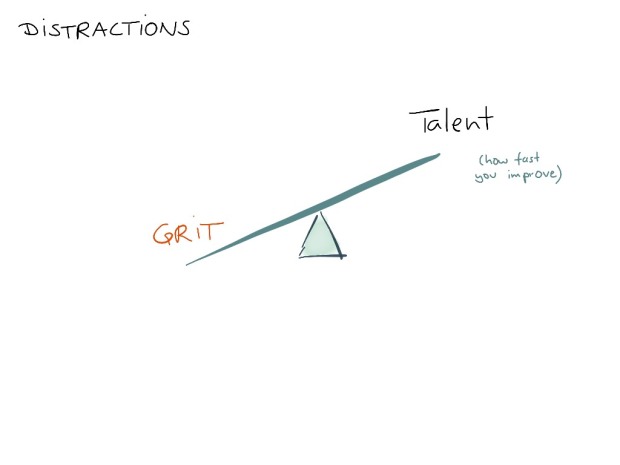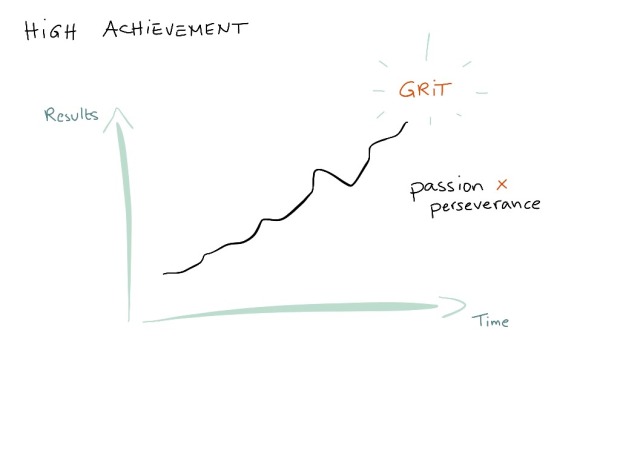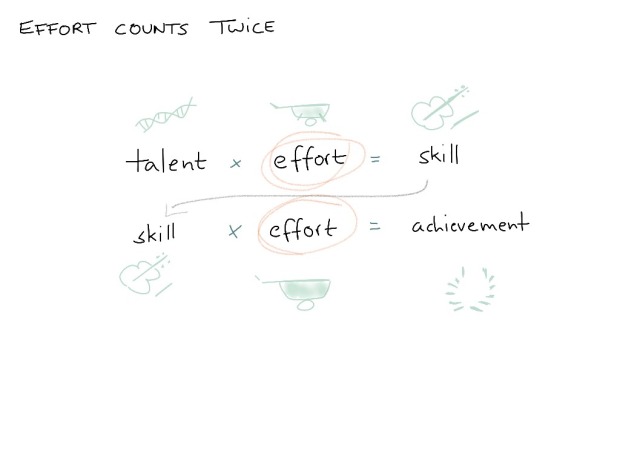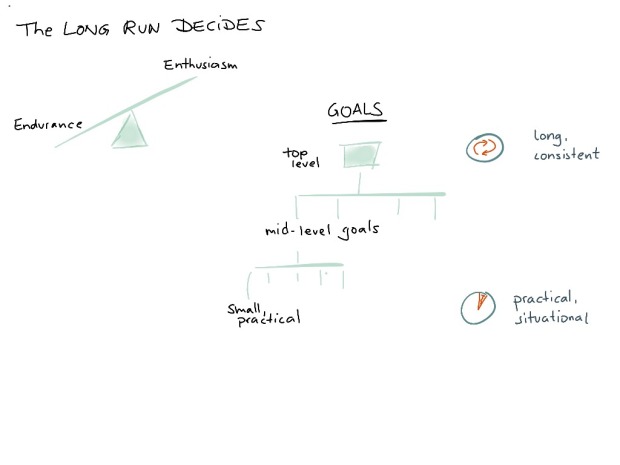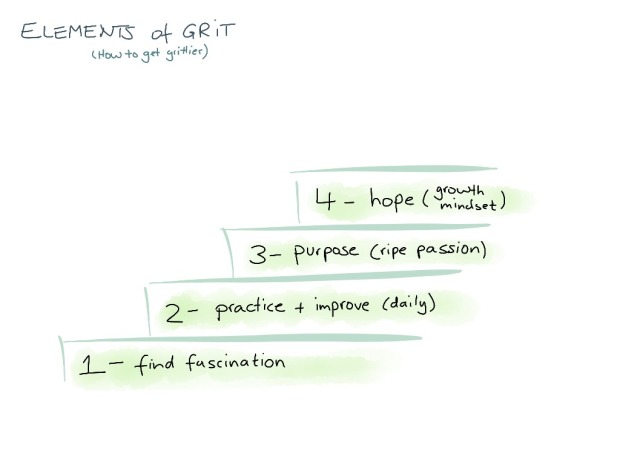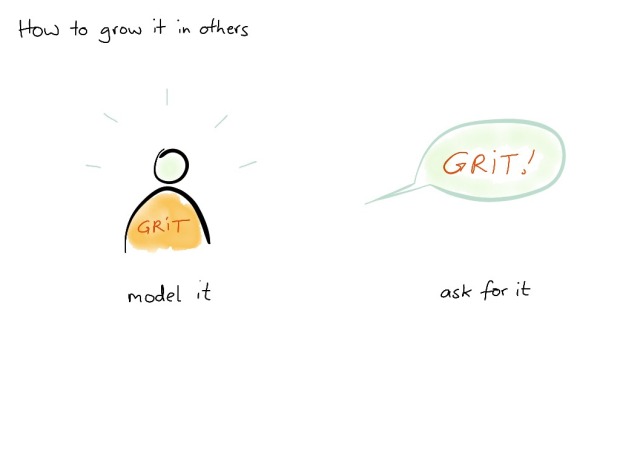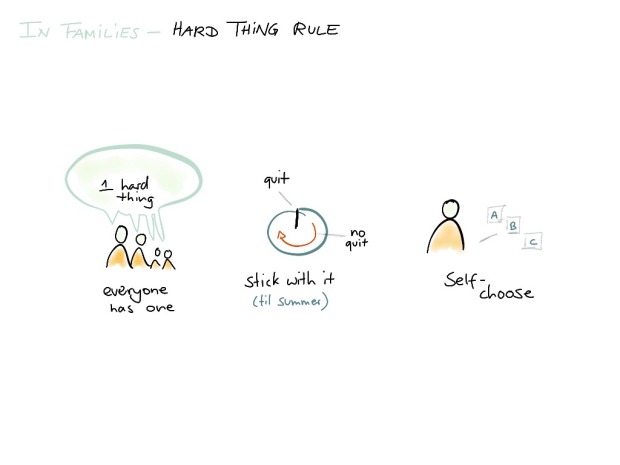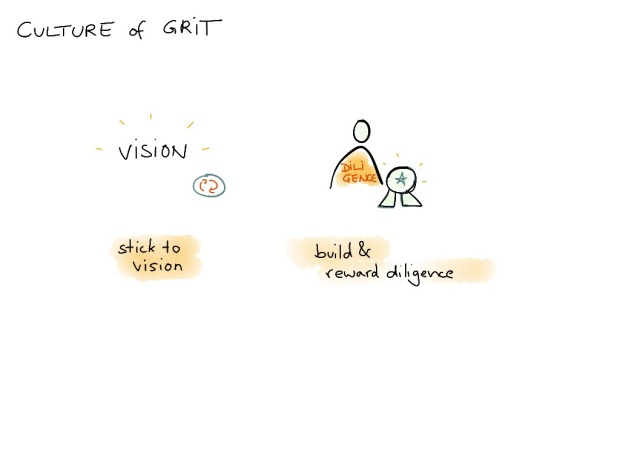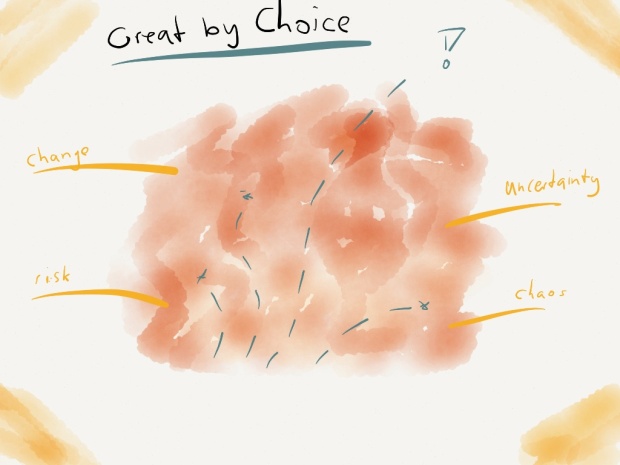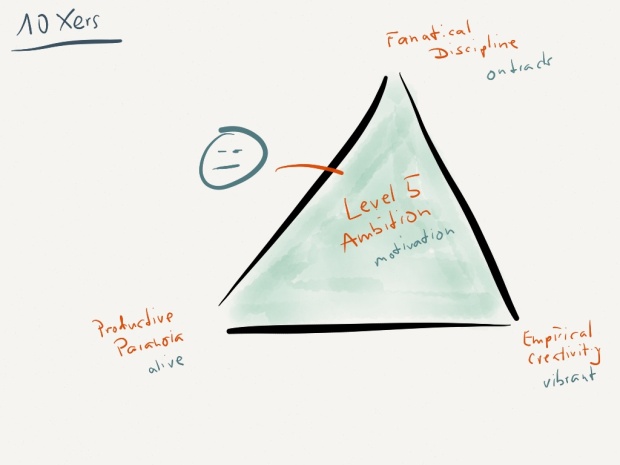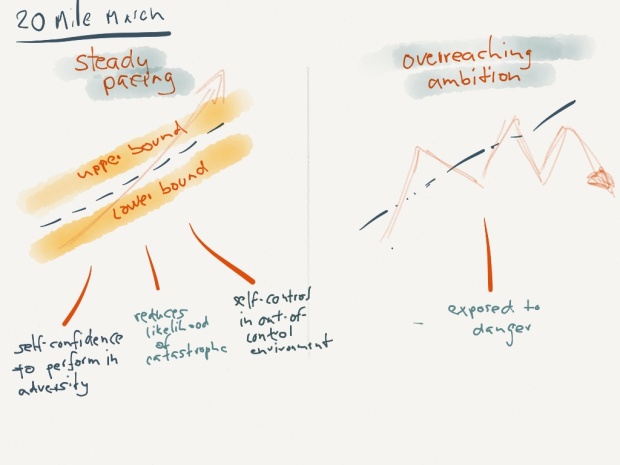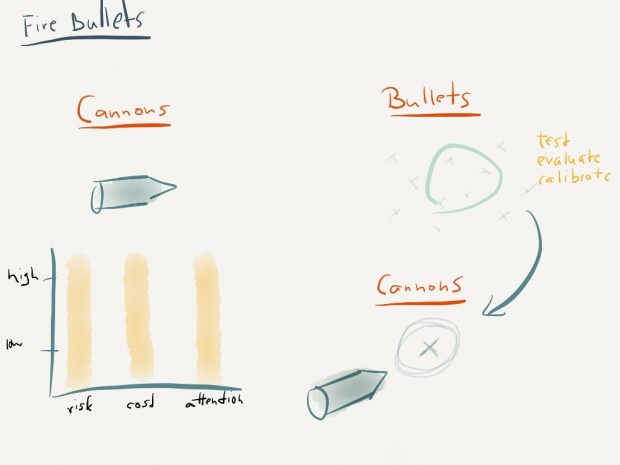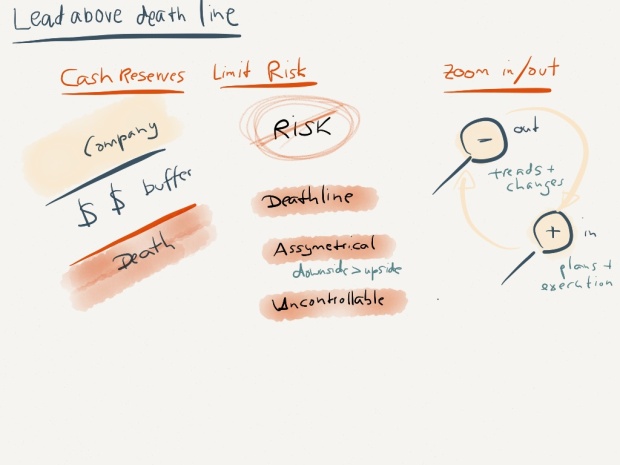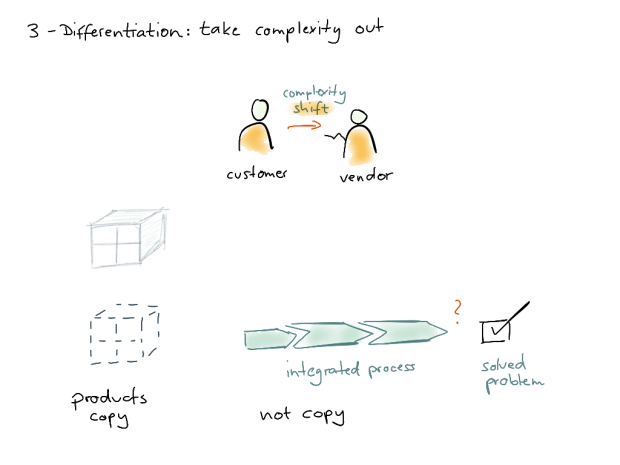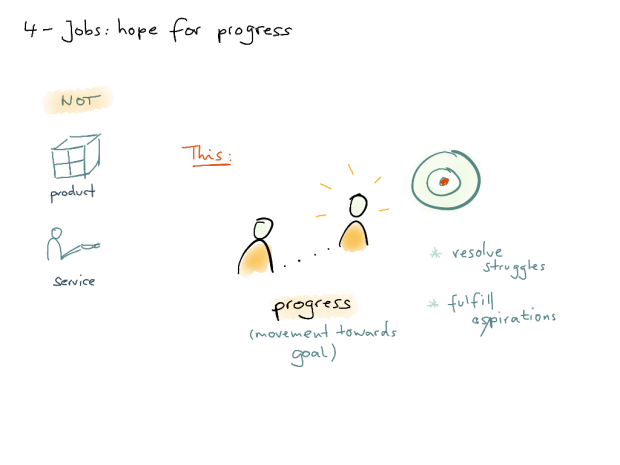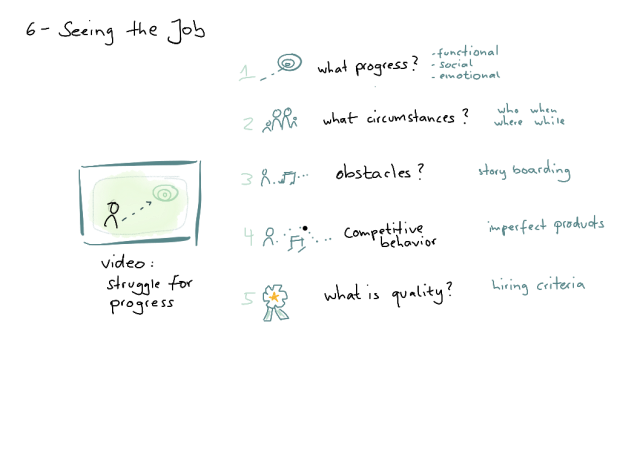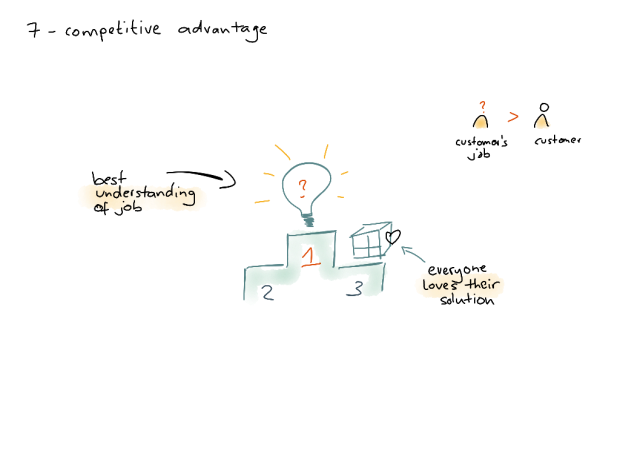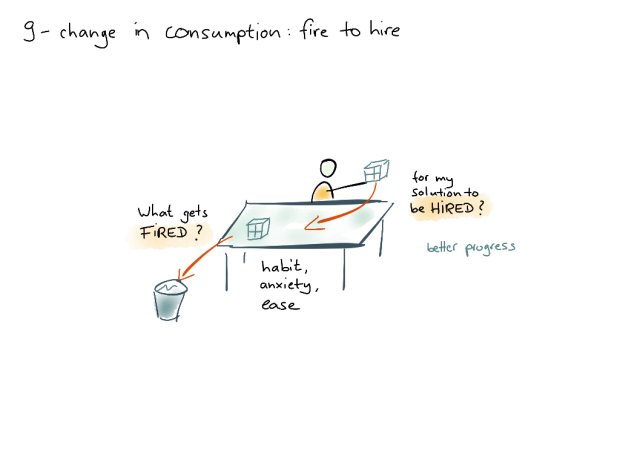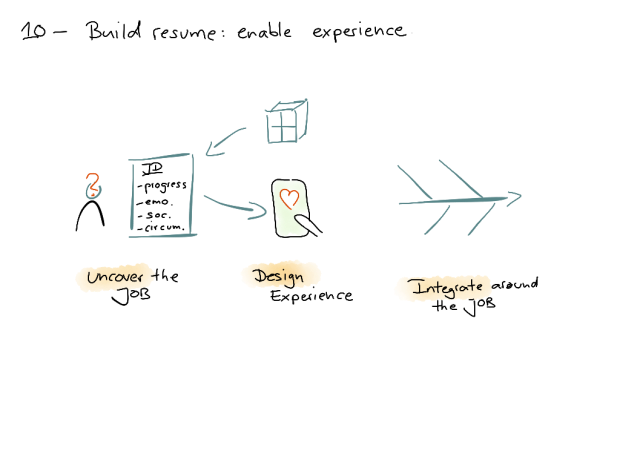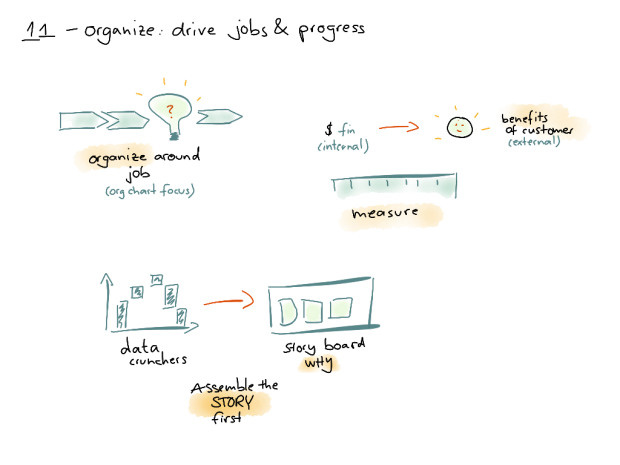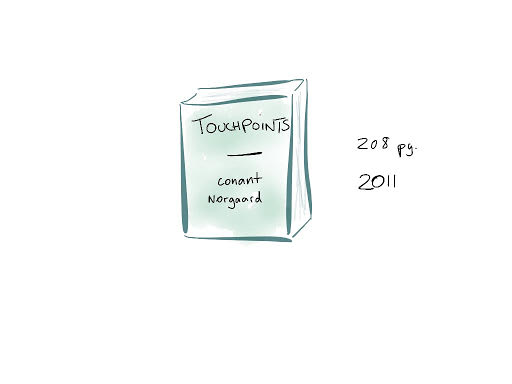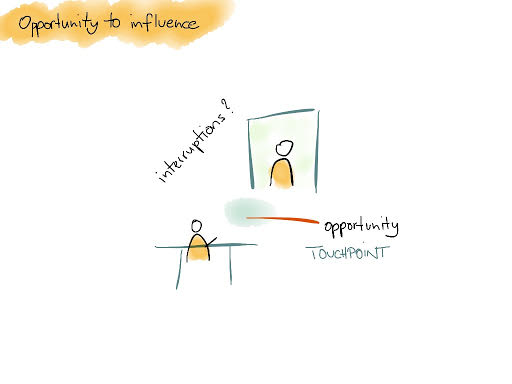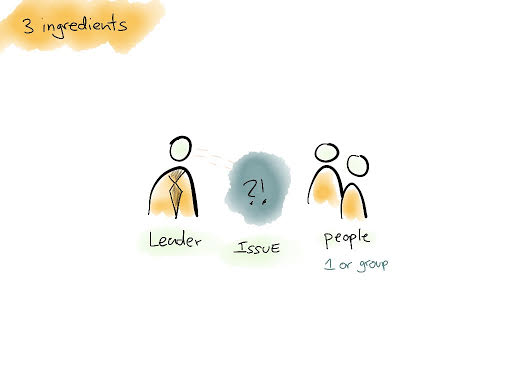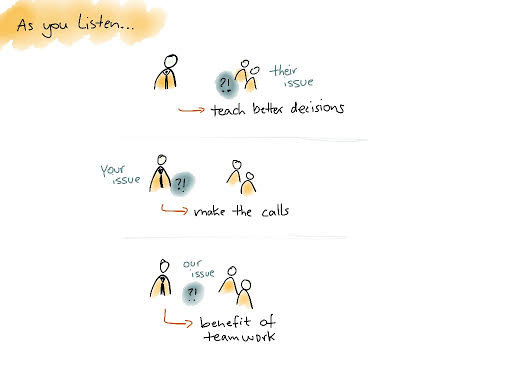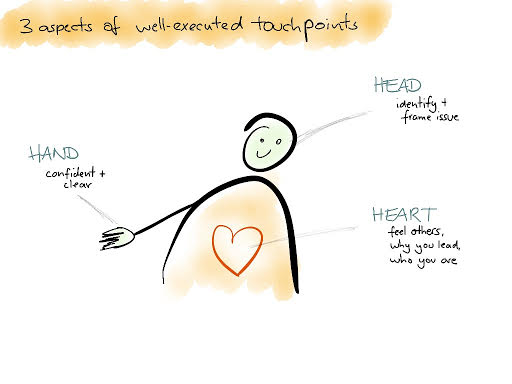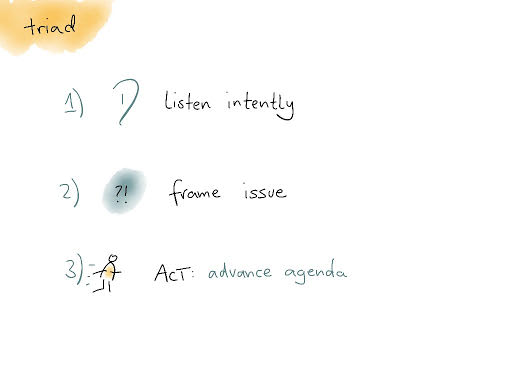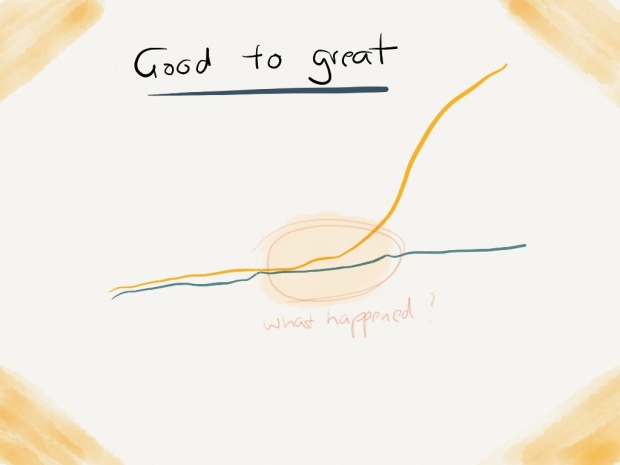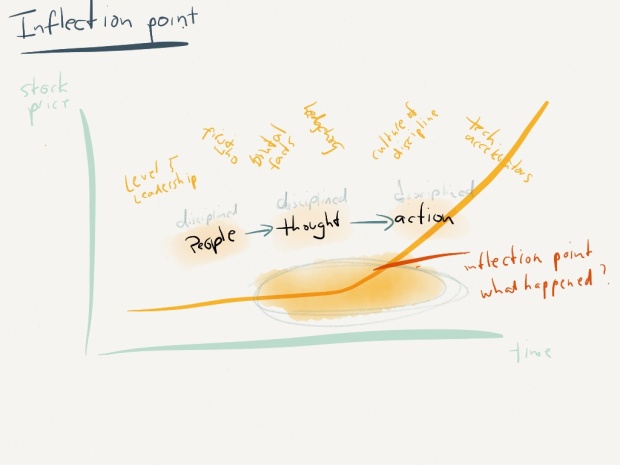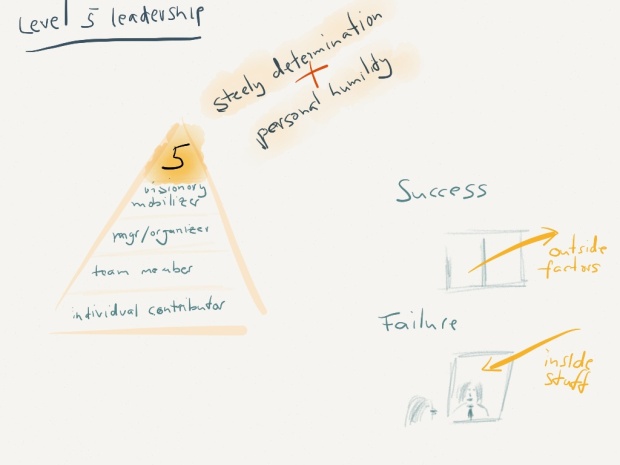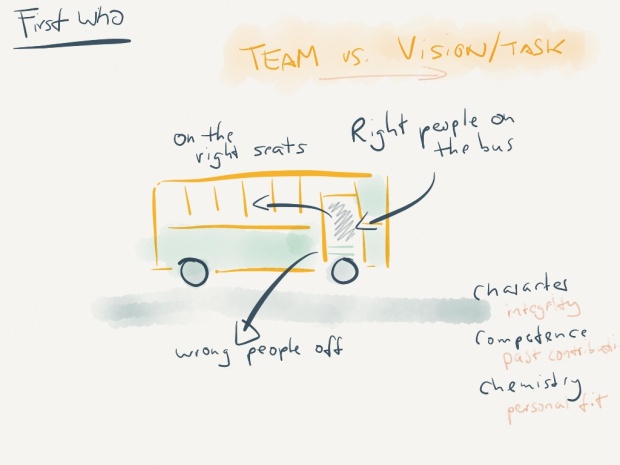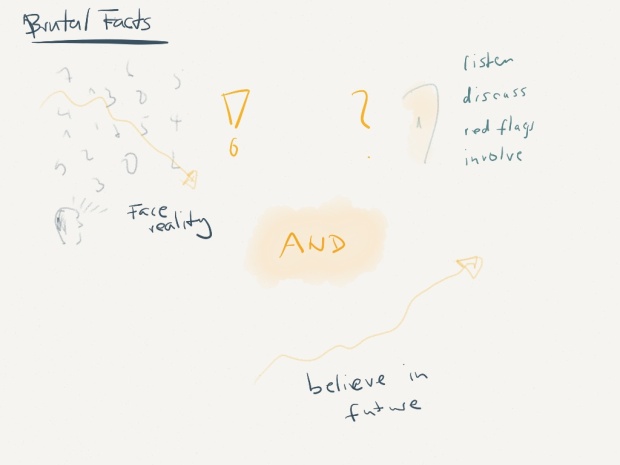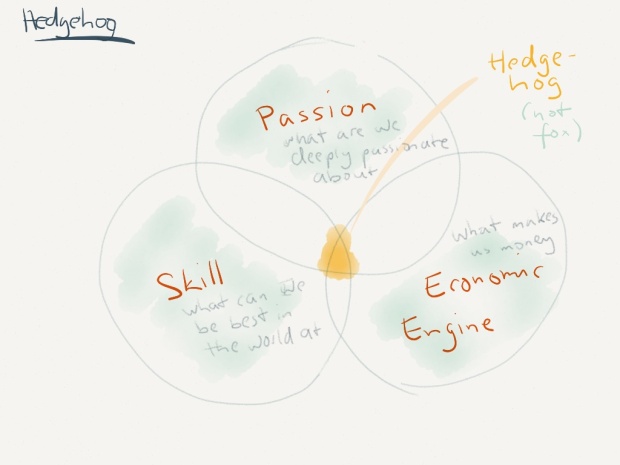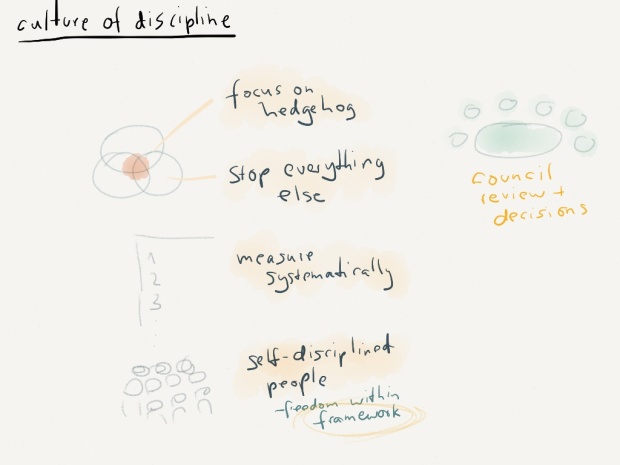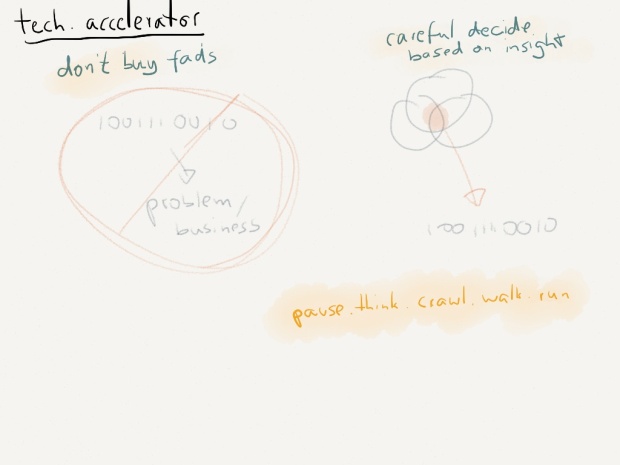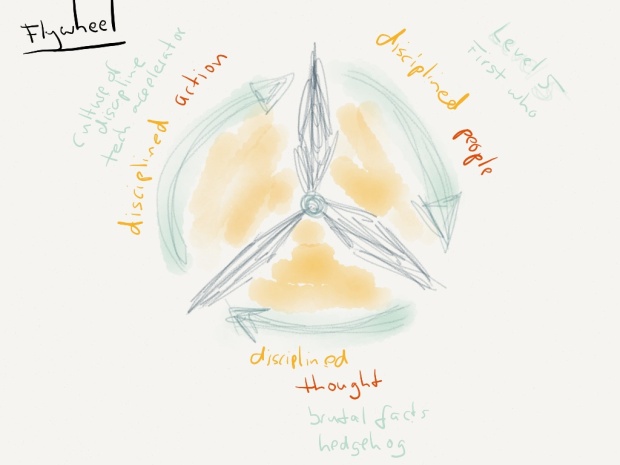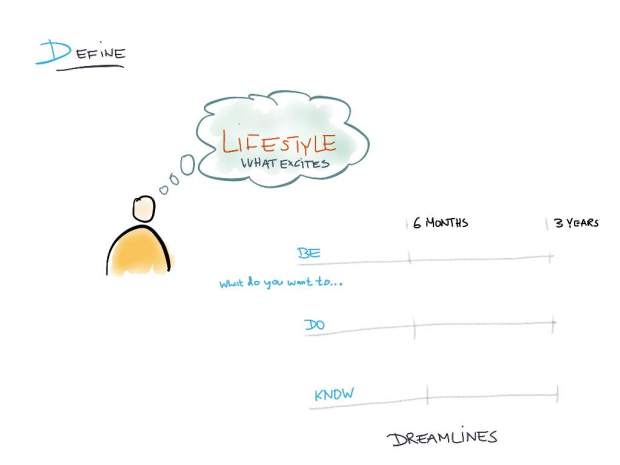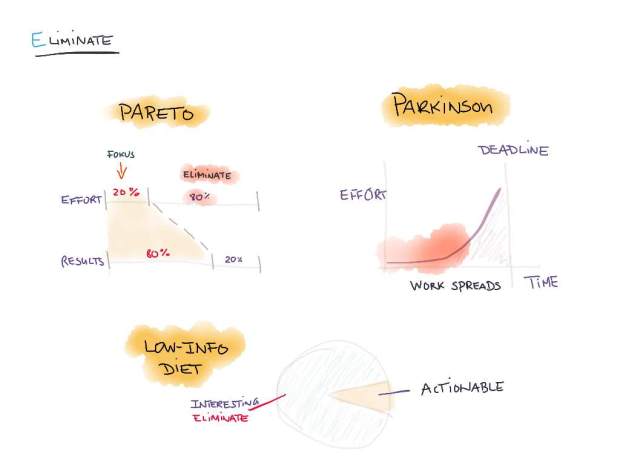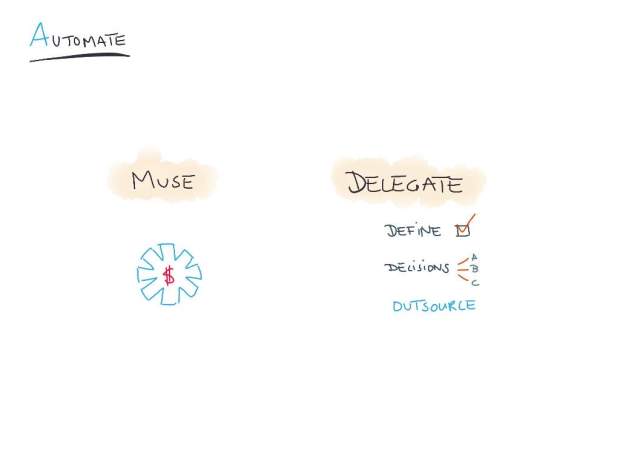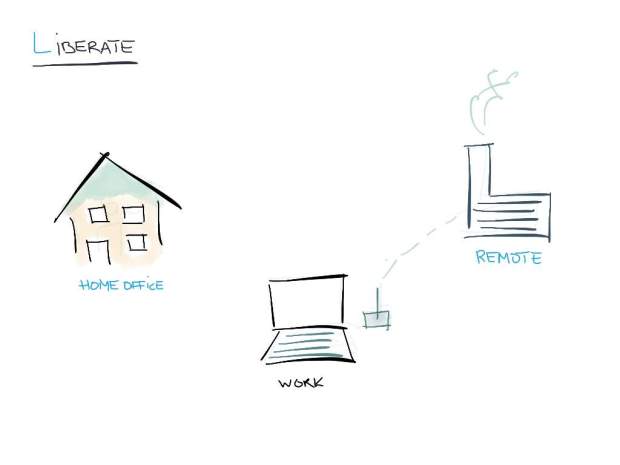Negotiation is the king of business transactions. Many goals can only be achieved with the help of others. Wouldn’t it be nice to have a way to influence them and get them to YES? That is what Roger Fisher and William Ury set out to describe in the popular 1981 book Getting to Yes. The framework features heavily in business schools of various kinds and so here is a quick visual summary of the key ideas in the book.
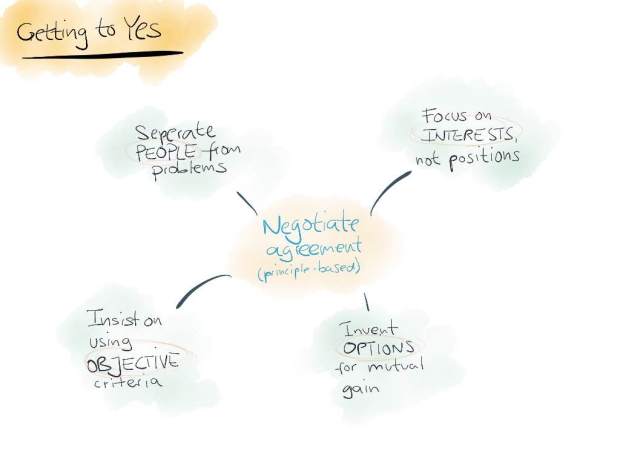
The big picture: principles over positions
Fisher and Ury set out to describe a framework for negation. They emphasize that their approach follows a principle-based view, rather than position-based. So, they build some flexibility into the approach to negotiation and warn against going into any deal-making with fixed ideas. This principle-based approach works through four areas: separate people from problems; focus on interests not positions; invent options for mutual gain; insist on using objective criteria.
People over problems – the perceptions
Initially, Fisher and Ury warn the negotiator to put people in a problem-box. Nothing could be more harmful than seeing the other people as the problem. So, the art lies in separating people from problems. For this, they suggest five areas to check your perceptions and make sure that you do not see the person on the other end of the table as the problem.
A first best practice is to step into their shores. Take time to see (and feel) the world from their point of view. What drives them? What are their pressure points? Why are they here? That will be a good guide to have a more open approach to negotiations.
Most people come to the negotiation with some fears on what might be going wrong. Be conscious to not link your fear to their intent. Just because you have a negative-scenario does not mean that is what they have in mind. Stay clear of putting words and intentions into their mouths.
Next, it might be helpful to openly discuss perceptions. That will allow you to get some input from them, clear the air and each party to share their fear. Again, this practice unlinks persons and problems.
Fourth, the authors warn you to not identify your pressures with them. Your problem is not them. They are just players in an issue that involves you. Don’t blame others or try to overpower them. It is much nicer and effective to come to the negotiation with an open mind to explore what can satisfy both of you.
Finally, sometimes you sense that you are put in a box. All the things that are warned against can be brought against you. Next to sharing perceptions openly, it might work to act contrary to expectations that you are feeling against you. This can tip the situation and allow them to not link you to the problem too closely.
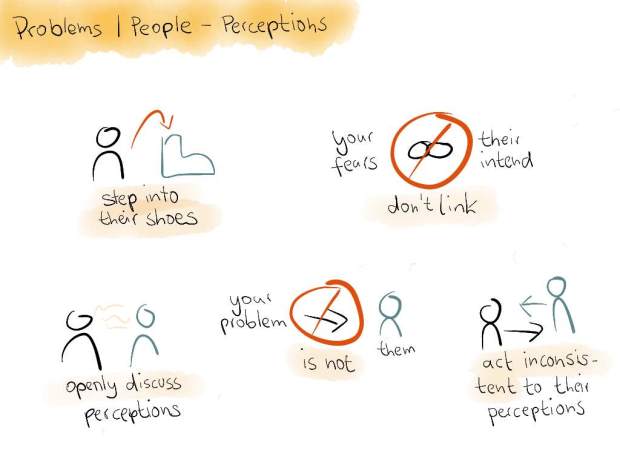
People over problems – the emotions
A second approach to unlink people and problems have to do with emotions. They are always there, often in the tense situation such as negotiations can be. Fisher and Ury offer six tactics that can help you deal with the emotional side and help you really see the person.
First, understand their emotion. Pay attention to what they are saying. Feel their emotion and ask yourself – why are the feeling that way? Where does emotion come from? This might be a key for finding solutions that are useful to them.
Closely to that is the question, what is driving their feelings? Are there people in their organization that have expectations that affect their personal standing? Understanding these will help you see the person rather than an opponent that is a problem to you.
Once you understand emotions and motivations, acknowledge them. Speak about them and allow the other person to feel that way. There is no point in trying to argue emotions out of other people. For many, emotions reflect a deep reality of their being. Let them know you understand and appreciate.
If things get tense, give them room to share their beef. It needs to happen anyway. If people are upset or under pressure, they often don’t have the capacity to listen. Let them blow of steam and respect them in it. That will allow them to regain perspective and reenter the quest for solutions.
If there are outbursts that can be perceived negatively, don’t react to them. Most people are tempted to justify themselves or counter-attack. That usually does not lead anywhere useful. If people become personal, let them have their 5 minutes and wait for the air to clear. Remaining above criticism takes strength and nobility.
Finally, you can use symbolic gestures to communicate good will. A gift, a word of praise, a meaningful symbol – they can signal to the other person that you like them and are willing to work with them. Use it as you see fit and influence emotions positively.
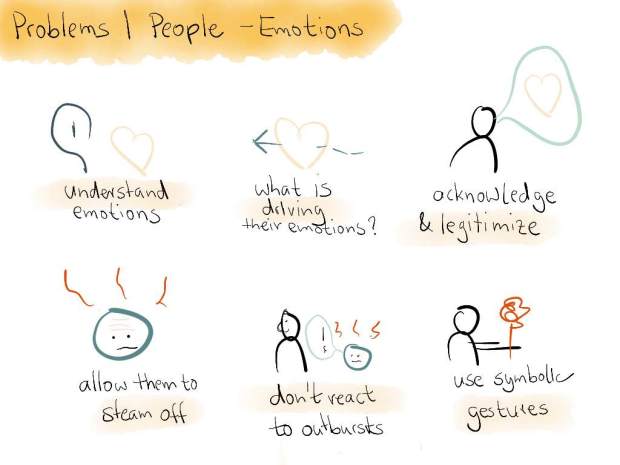
People over problems – communication
The final piece in seeing the people rather then the problems has to do with communication. This builds on the aspects of perception and emotions, but goes further. There are five aspects that you can keep in mind.
Initially, the authors suggest making sure that you circle back to your negotiation partner what you heard. This is important. If you jump right into the response, often people feel that their point has not been included. Giving a summary of what you heard can go long ways to reassure the other person that their points came across. Don’t we all like if other people get what is important to us?
Listen well – this is the next key skill in negotiation. We touched on this already – emotions, motivations, their point of view. Take extra care to listen to their side of the story and get as good a picture as you can get. Chance are that if you listen well, they are also open to listen to you.
Third, when you speak that keep things simple and straight. Make sure you clarify your points and state what you want and need. Try to lay out your side of the story that is easy to grasp. Maybe you need to prepare for that and rehearse your points. Then rehearse. It is verbal hospitality to make yourself clear.
Next, it helps if you talk about points in terms of personal relevance and personal history. Journeys are hard to argue with and making things personal keeps things interesting and relevant.
Finally, when you speak, know what you aim for. Be clear yourself about your purpose and put it out there for others to understand. This will allow them to understand your motivation and what you are hoping to accomplish. Being open and transparent builds trust, more so than hidden tactics.
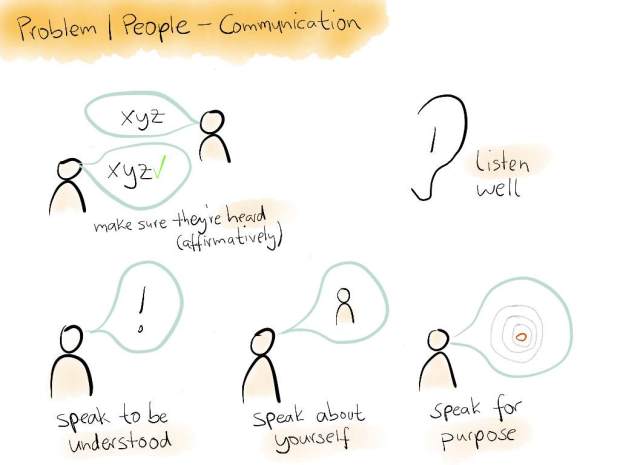
Interests over positions
Next, we move to the heart of principle-based negotiation. Fisher and Ury suggest to not enter a negotiation with a fixed position that you somehow try to sell to the other party. Rather, you come to the table on a quest that satisfies both of you. Seems impossible? Here are seven aspects they suggest keeping your focus on interests rather than positions.
First, you start with understand their interest. As you talk to your partner, try to understand the issue from their point of view. This is similar to what we said above, but you really want to understand their position on the issue and their motivation. If you get a good grasp on the why from their side, you are in a good place to work for mutual satisfying solutions.
Equally important is to understand their constraints. Why are some of the options not workable for them? Understand their options space and limitations can be a huge help in your common search. Make sure you explore that and get a picture on which paths don’t work for them.
Third, if you enter negotiations there is chance that more than one person is representing your partner. Maybe there are many needs – try to understand their power and decision-making power. Focus on the main negotiator and what their interests are. You might not be able to satisfy everything but you should understand which interests are key and powerful.
Along with that, you should dish out plenty of love and affirmation. Not just asking and brokering, but being equally affirming to their needs, desires, personality and history. That keeps the air clear and shows your goodwill. That is a great asset in negotiations.
Fifth, make sure that your interests are understood. That helps the other party know what you are working for. Make sure that your interests are personal and vivid, that they carry conviction and weight.
Sixth, you should make sure that you are looking for solutions that are mutually satisfying. Making their interest part of the problem helps you search for ways that they need to be included in the process.
Finally, make sure that you have a good grasp of the interests in the room and work towards them. Solutions flow out of them. You should avoid being in love with a solution or stuck on a certain path. Principle-based negotiation is a quest to find something – and it is often not clear in the beginning what that might be.
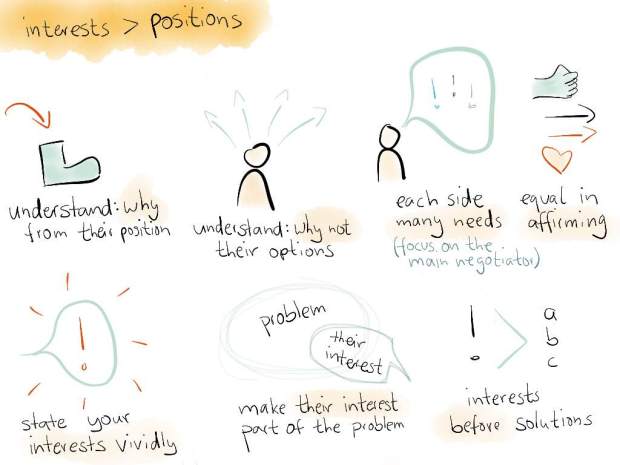
How to work with interests
This idea of working towards solutions that satisfies everyone sounds good. Here are four things that might hinder that approach, and three things that can support you in this quest.
First, a limiting factor in finding solutions are pre-mature judgments. If you exclude certain options or are not willing to entertain explorations in certain areas, that might make you stuck and slow the process. Try to avoid early judgments and give some time to develop and think about things.
Next, searching for a single answer can stifle the process. Often, there are many ways that a compromise can be reached. Be open for various options and remain flexible in mapping out various paths.
Third, a fixed pie mentality can kill the quest for anything. If you view the table a zero-sum game, things get rough. If your win means my loss, then we will not get very far. Basically, we end in a tug-of-war. Most problems are not fixed-pie issues. There will be solutions that help both of us and make the pie grow.
Finally, being resistant to their position is no good. If you leave their problem as their problem, you will likely struggle to find good answers. Include their problems in the quest for a solution. If they feel that their issues are addressed, they are much more likely to agree to a path.
So, what can help? First, you can start a brainstorming session for finding solutions. The idea is to generate many alternatives and thoughts, without going into judging right away. This will allow you to explore ways that might not seem obvious at first sight. You can brainstorm together with the other party and jointly develop solutions. That is even more powerful.
Next, take existing options and broaden them. Think about them in different ways and see if you find ways that they extend the pie. This might take some development, talking and thinking, but can be a powerful tool in the process.
Finally, search for solutions that satisfy both your interests. That is key to principle-based negotiation and helps you get to yes. If both your interests are reflected, a deal seems very possible.
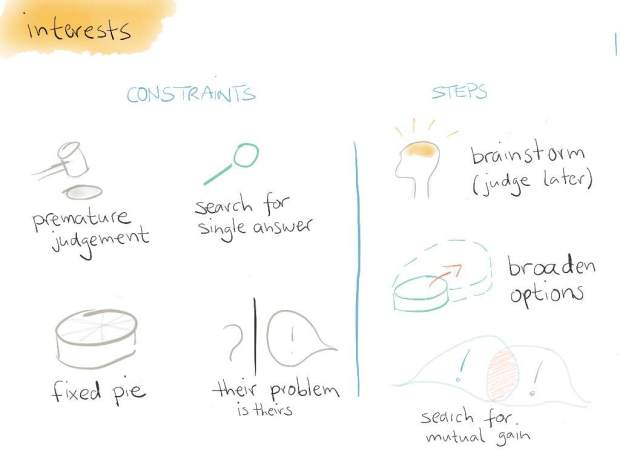
Develop options for mutual gain
Building on these early thoughts, Fisher and Ury share five tactics on how to find agreements even in tricky circumstances.
First, start off by focusing on shared interest. No matter the issue, there is always an overlap in interest. Find that and work from that position. Make it clear to your partner what it is and that you are willing to work with it.
Next, as you think of options, make them explicit so that everyone understands them. Then, take each individual option and develop it further so that more interests are covered by it. Maybe something emerges that leads you to an agreement, maybe it leads you not there yet but closer.
Third, often agreements are not reach due to different values being assigned to an outcome. Be clear about your values and try to understand what is priority for the other party. If you change the order of values then sometimes different options can emerge. Either you reflect and adjust your own priorities, or find a way that your partner might have a different set of priorities.
The fourth tactic can help you when you are stuck. You can draft multiple agreements that seem good to you. Share them with your partner and ask them which one comes closest to what they find acceptable. Then, work with their preferred option and develop it further. Go through this multiple times and it seems likely that their interests are reflected.
Finally, you can craft simple statements that capture key points and share them with your partner. See if they can agree to one simple statement. Getting to yes can start with many small yesses. And then you have a set of agreements and find what issues need to be resolved to move forward.
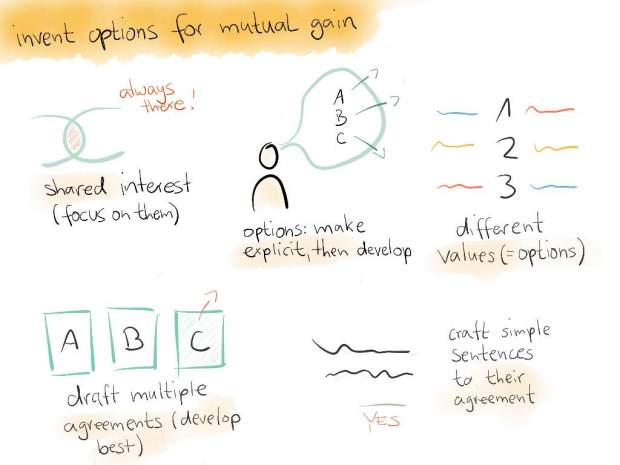
Objective standards
A last approach to principle-based negotiation centers around standards. What are the standards where we call an issue satisfactory or good? The authors offer five tactics to work this approach:
First, prepare your own standards that meet your interests. These are not positions or solutions, but criteria that would indicate a good solution. Write them out and be clear what you are going for.
Next, when you start discussing frame the issue as a search for standards. Ask your partner: how will we know we have a good solution? How can we judge if we arrived? This will open the discussion to mutual criteria as well as take a step back from the issue.
Closely aligned is the third approach – ask for their standards. Explore what they are looking for and how they will judge a good outcome. This question can be powerful and revealing.
Next, once you have standards bring them to play. Insist on standards if a certain direction is not helpful or solution proposed that runs counter to these standards.
Finally, with good standards you have a solid base to carry our points. Don’t yield to pressure or power-plays but go with good reasoning that has an eye on the standards. That will help you be clear and consistent.
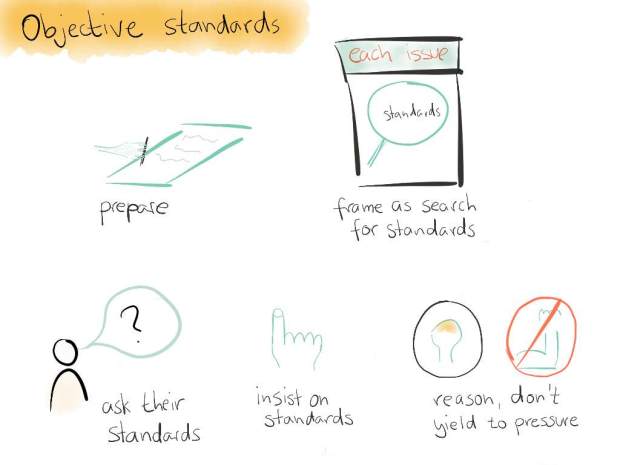
Conclusion
Getting to Yes is a helpful book. It covers many good aspects of negotiation and puts the reader in a position to reach better results. The principle-based approach opens to conversation to look beyond initial starting positions and fixed standpoints and invites on a journey that can be mutually beneficial.

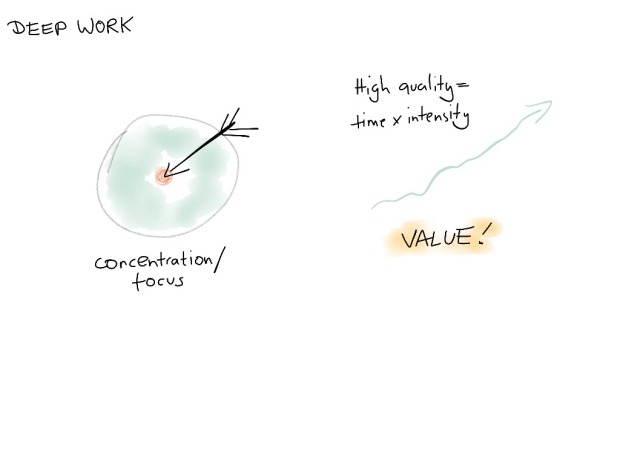
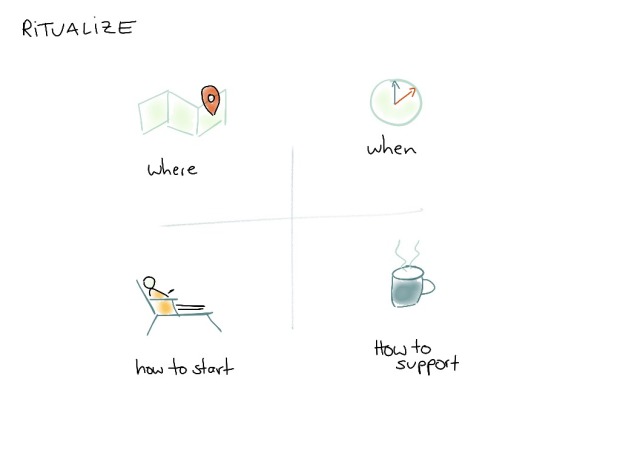 4 Ways of Deep Working
4 Ways of Deep Working